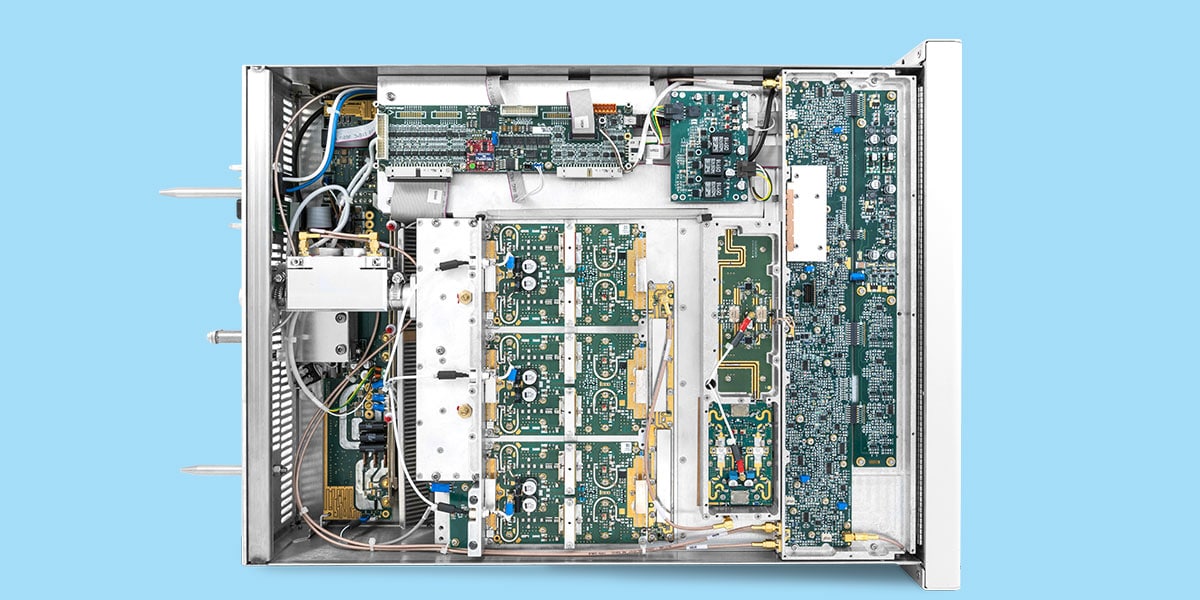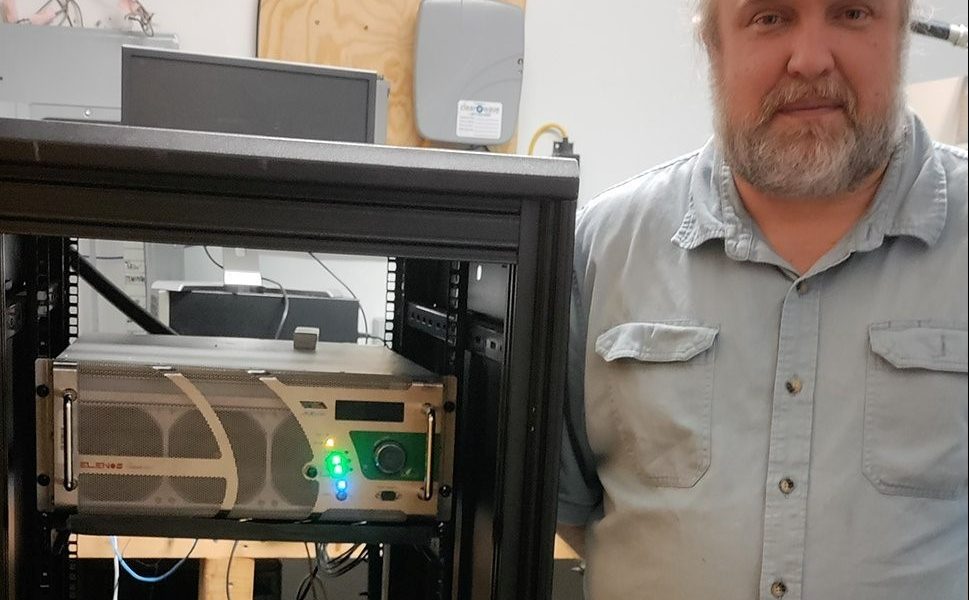The Apollo Guidance Computer (AGC) was the on-board computer of the NASA Apollo Program, used in both the Command Module, and inside the Lunar Excursion Module (LEM), for computation and electronic interfaces for guidance, navigation, and control of the spacecrafts.
It featured a 2 MHz clock speed and had 0.0778 megabytes of memory, including 0.003 MB of magnetic core RAM and 0.0748 MB of ROM manually encoded by weaving wires in magnetic cores. From a power perspective, the AGC was similar to the first generations of home PC’s, like Apple, Radio Shack and Commodore.
The development of the AGC software and firmware was done by the MIT Instrumentation Laboratory, led by Margaret Hamilton, who later received the Presidential Medal of Honor for her work. It is thought that the robust design choices that Hamilton and her team made when writing the software for the AGC allowed the Lunar Excursion Module to land on the lunar surface and prevented the abandonment of the mission.
“Houston we have a problem!”
During the most critical phase of the moon landing, just three minutes before touchdown, the LEM’s AGC was overloaded, triggering a series of alarms and anomalies, including error 1201 (“Executive overflow – no vacant areas “) and 1202 (” Executive overflow – no core sets “).
The AGC was trying to carry out more operations than it could support, however,thanks to the multitasking architecture of the software designed by Hamilton’s team, the computer was able to prioritize the most important operations to keep active and which ones to ignore.
The result? Three minutes after the alarms, at 4:18 pm on July 20, 1969 the message was transmitted from the LEM that humanity, glued to their televisions, was waiting for: “Houston, the Eagle has landed”.
Our Philosophy
The latest Elenos devices feature a controller not that differerent from that of Margareth Hamilton’s team, although the evolution of technology has provided a dramatic improvement in the power and speed of the integrated circuits as well as a drastic reduction in costs, but the objectives are the same: gather real time data, to follow the instructions, and to take the needed actions quickly and accurately, while avoiding possible faults.
Each microcontroller, even in the simplest cards with limited performance, inside the new Elenos devices, is now equipped with a proprietary realtime operating system, with performance at least 80 times greater than the NASA AGC, and all the most current communication protocols.
Today Elenos devices are designed to adapt to every situation and eventuality, and the firmware and hardware are designed for maximum performance and reliability in the full range of conditions, starting from automatic testing up to predictive failure analysis.
Most of the programming is fixed, but there is plenty of room for customization, so your transmitter will behave just as you require… you just have to think about it.












